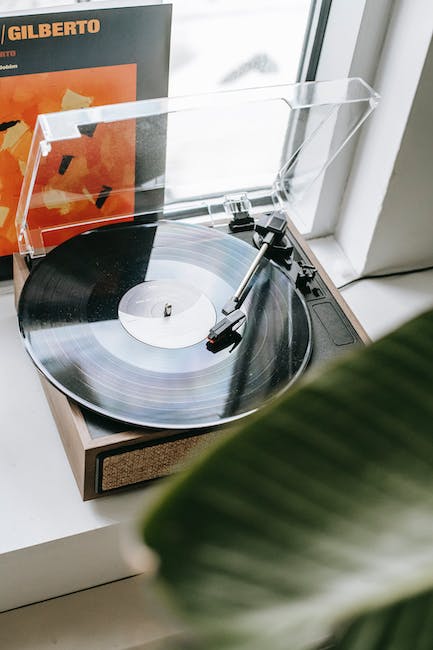The 1990s was an era of music revolution, allowing bedroom musicians to create, record and mix their own music on a range of cutting-edge music tech gear. Before this period of development, those wanting to make music were limited both in what technology was available and in their wallets.
The release of a new home computer in the early ’90s, the Commodore Amiga, solved this issue, crowdfunded by ‘crowds of teenage bedroom musicians’ and resulting in the creation of the first affordable home MIDI sequencer. What followed was a range of affordable hardware for up-and-coming bedroom musicians to cheaply purchase and use. This can be typified in the Yamaha DX7, the iconic electronic keyboard of the ’80s, or even the much less expensive Casio CZ-101.
It wasn’t just the hardware that was revolutionary – it was the entry of software into the equation, too. Music software was beginning to make its way into the mainstream, allowing anyone – regardless of experience level or income – the ability to make and edit music on their own devices. The first version of FruityLoops, for example, was released in 1997 and provided users with a graphical interface to edit and mix digital sounds, enabling them to create entire songs and tracks within their own homes.
It was this abundant technology that allowed producers to experiment and as a result, create something revolutionary in the music industry. This could be typified in the emergence of genres such as jungle, drum and bass or dubstep, or even electronic music as a whole. This was achievable thanks to the expansive and variable soundscape producible with these music tech pieces.
Simultaneously, the creation and spread of sound recording and editing software had allowed producers to share demos beyond traditional means, a further key factor in the emergence of the various music scenes of the ’90s. Producers – such as Aphex Twin or The Chemical Brothers – were able to circulate their productions beyond the confines of their own homes and directly to the public.
The combination of these pieces of technology – the hardware producing the instruments, and the software manipulating them – truly allowed the dream of bedroom musicians everywhere. It is exactly why the ’90s is seen as such an era of revolutionary music production and the beginning of the increasing accessibility of music production we have today. We owe these advancements to the creative minds of the ’90s bedroom musicians who loved and developed the new music technologies.
Hey Subscribe to our newsletter for more articles like this directly to your email.
